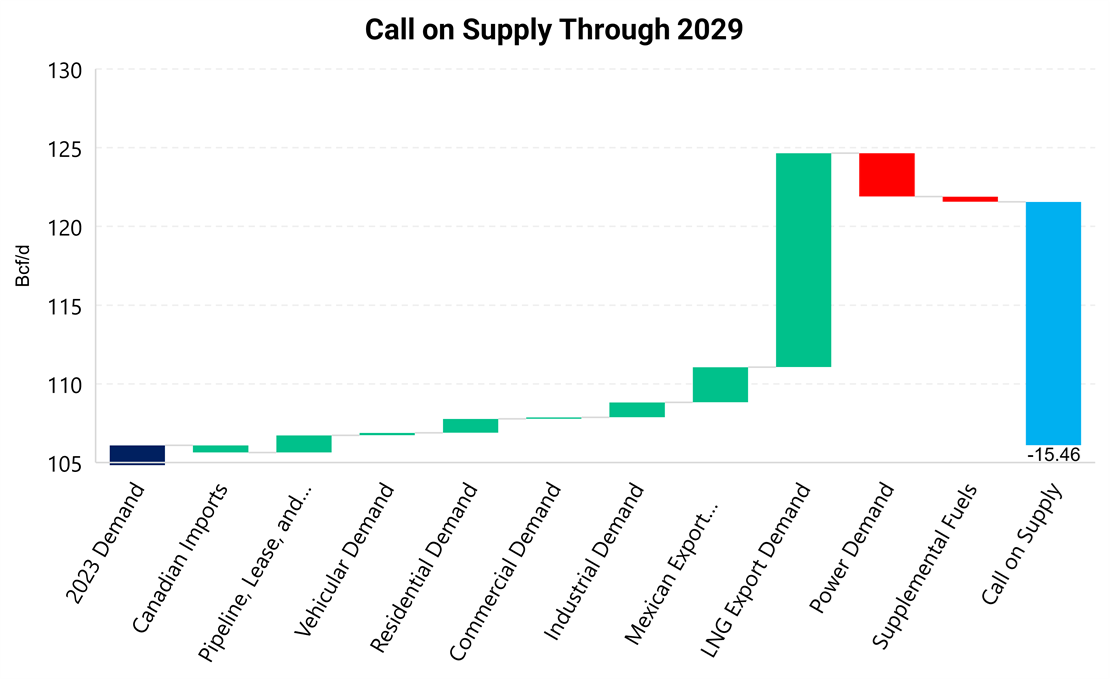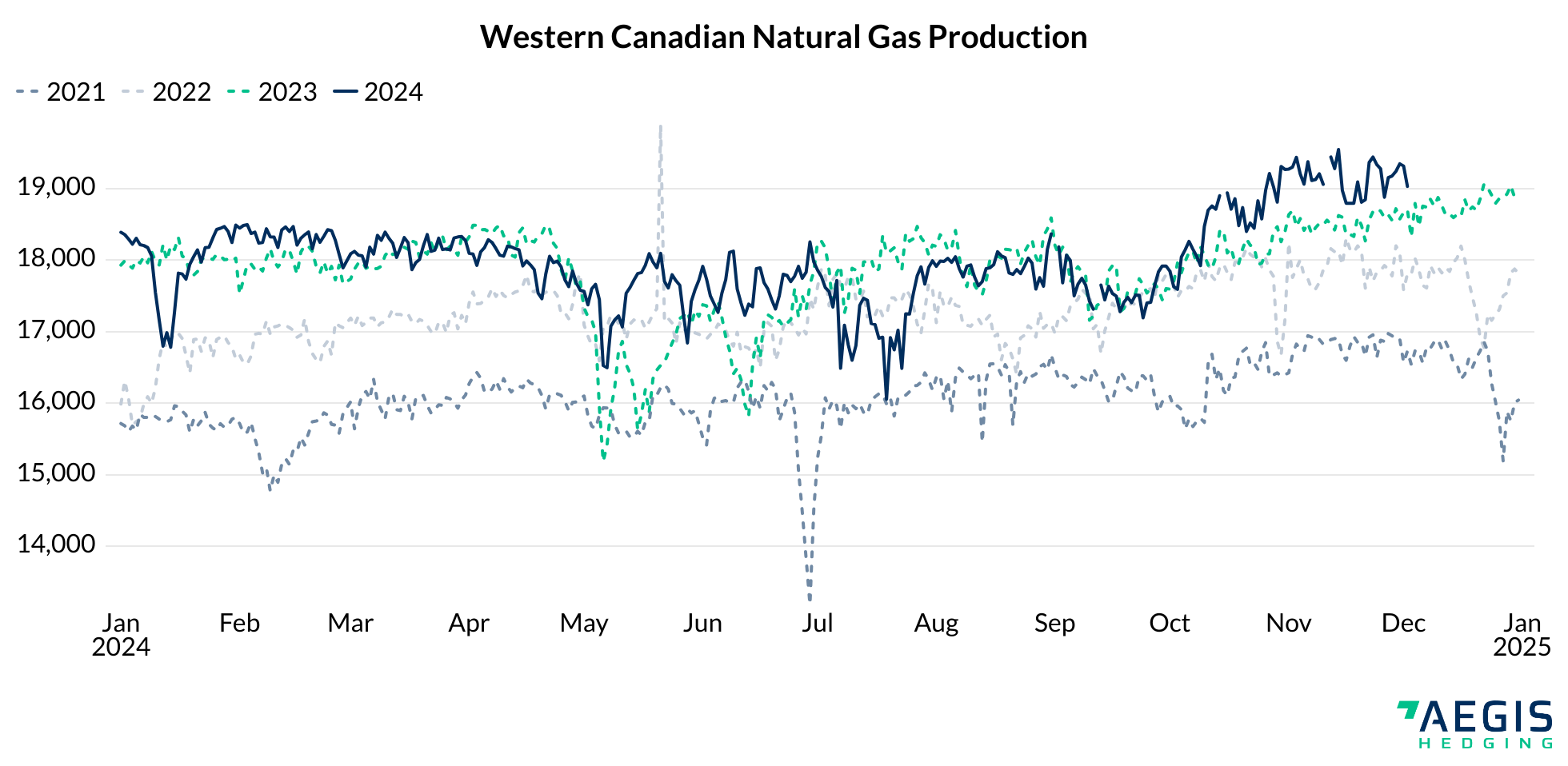NATURAL GAS UPDATES
Could There Be More Waha Price Pain Ahead: Then Pipeline Overbuild?
Permian gas prices face a turbulent road ahead, with stability likely only arriving once significant new pipeline capacity becomes operational in late 2026 and early 2027.
Market Insights
Permian Basin Gas Price and Fundamentals
The Waha basis curve has been extreamly weak up until very recently; cash prices turned negaitive in March as egress out of the basin was limited due to high production and maintenance.








